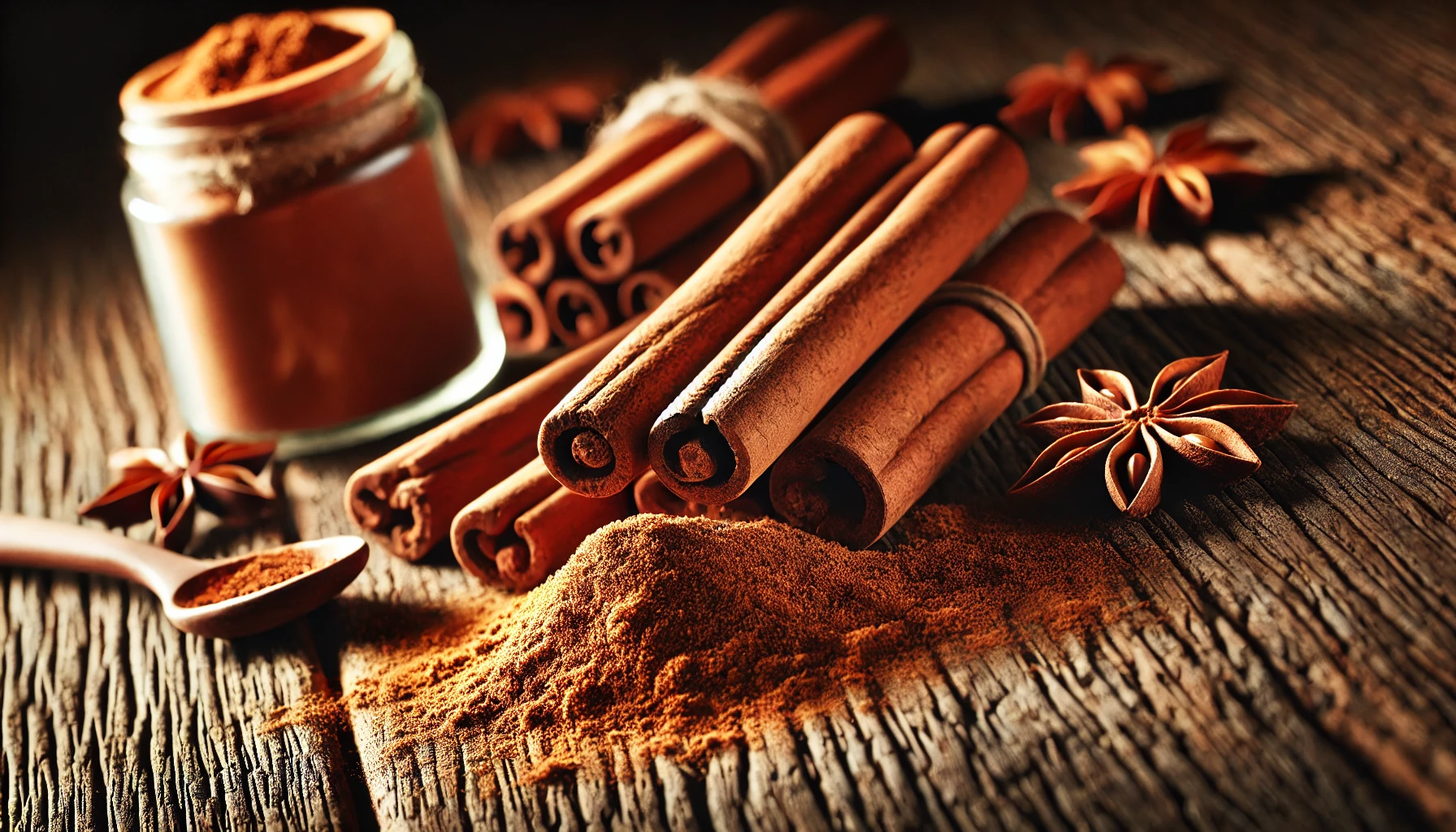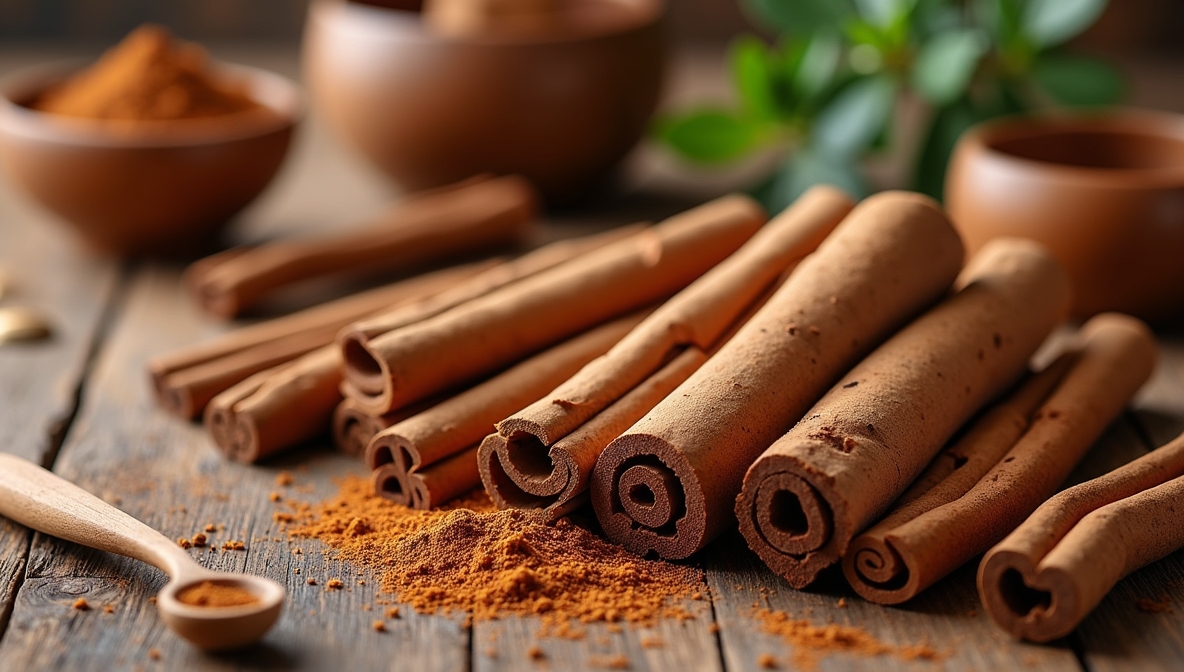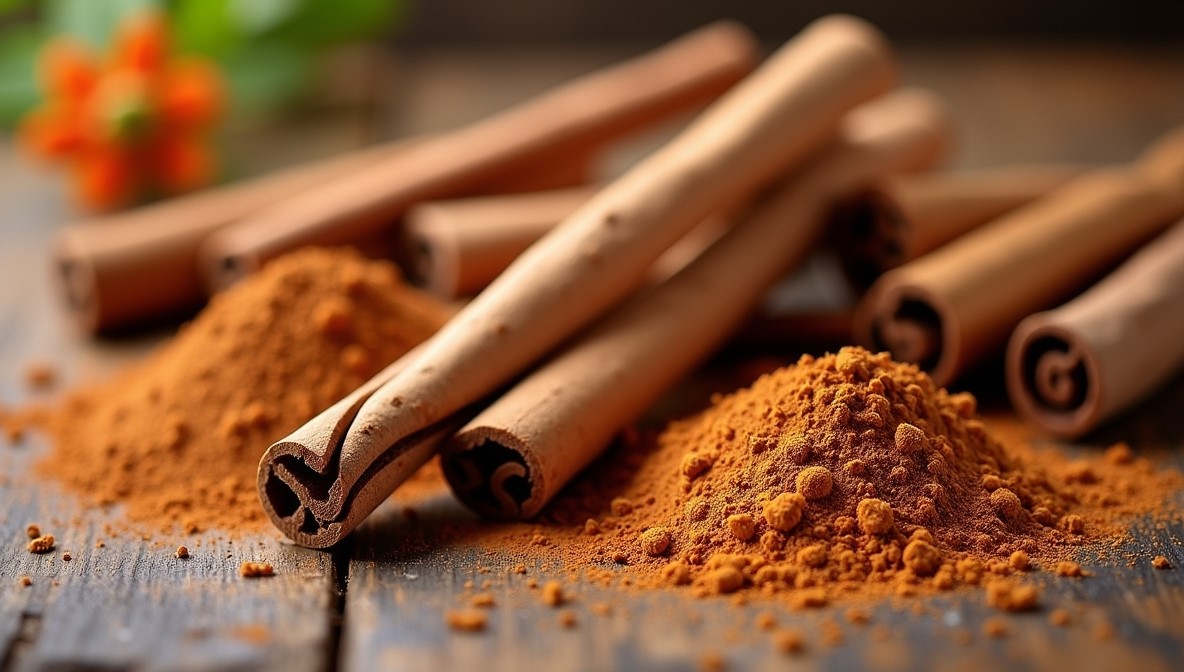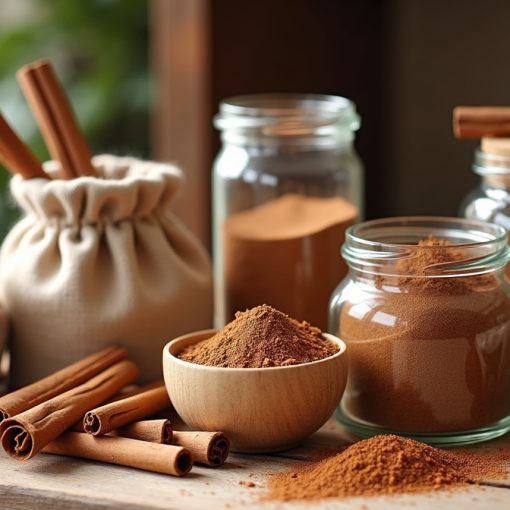Cinnamon remains a popular spice that adds warmth and spice to meals and beverages. This article answers the question of how long cinnamon lasts and outlines methods to identify if it has passed its prime.
Understanding Cinnamon’s Lifespan
Cinnamon can be found in two forms: ground and stick. Ground cinnamon tends to lose its potency faster than whole cinnamon sticks. Cinnamon sticks can maintain their flavor profile for a longer period when stored properly. Both forms offer distinct benefits, and each has its own shelf life depending on storage conditions.
- Ground Cinnamon: Typically retains its best flavor for 6 to 12 months when stored in a cool, dry place.
- Cinnamon Sticks: Can stay aromatic for 1 to 2 years with proper storage.
Identifying Signs of Expiration
Knowing when cinnamon is no longer at its peak can improve culinary outcomes. Here are key indicators that cinnamon might be past its optimal use:
- Aroma: Fresh cinnamon has a warm, spicy scent. A faint or flat aroma suggests diminished flavor.
- Flavor: Tasting a small amount can reveal a lack of the intense spice it once offered.
- Color and Texture: Cinnamon should display a consistent color and texture. Clumping or discoloration might signal that the spice has absorbed moisture or has been exposed to air for too long.
- Packaging: Expired packaging may show signs of wear, such as broken seals or damage that allowed moisture to penetrate.
Each of these factors plays a significant role in determining whether the spice is still usable. Evaluating these characteristics ensures that meals are prepared with ingredients that provide the desired impact.
Proper Storage Practices
Adopting the right storage techniques can extend cinnamon’s shelf life. Follow these guidelines to preserve flavor and aroma:
- Use an Airtight Container: Keep cinnamon in a container that minimizes exposure to air.
- Store in a Cool Area: Placing the container away from heat sources prevents the spice from deteriorating quickly.
- Avoid Moisture: Store cinnamon in a dry environment to prevent clumping and the development of mold.
- Keep Away from Light: Light exposure can alter the natural properties of the spice, reducing its vibrancy.
Applying these methods can help maintain the spice’s integrity and enhance its performance in recipes.
Tips for Daily Use
Incorporate these steps into your kitchen routine to ensure that cinnamon remains potent:
- Label Containers: Include purchase dates on containers to track freshness.
- Regular Checks: Perform periodic checks of stored cinnamon for any signs of decline.
- Small Quantities: Purchase cinnamon in smaller amounts if it is not frequently used to avoid wastage.
Implementing such practices not only supports a consistent taste experience but also reduces the need to frequently replace pantry staples.
Enhancing Culinary Experiences
Cinnamon can transform simple dishes into memorable culinary creations. Using fresh cinnamon contributes to balanced spice profiles in both sweet and savory recipes. The method of storage and proper evaluation before use are simple yet effective ways to preserve the spice’s qualities. In recipes like baked goods, teas, and even savory stews, the subtle complexity of cinnamon enhances flavors significantly.
Routine inspection of spices fosters a mindful approach to cooking. Home cooks who invest time in ensuring ingredients remain fresh experience richer and more predictable outcomes. In addition, these practices help reduce food waste by identifying spices that have already lost their flavor before they can negatively affect a dish.
Using cinnamon within its optimal shelf life guarantees that every meal benefits from its aromatic and flavorful properties. A careful approach to storage and evaluation empowers cooks to maintain high-quality pantry items and enjoy consistent results in everyday dishes.




